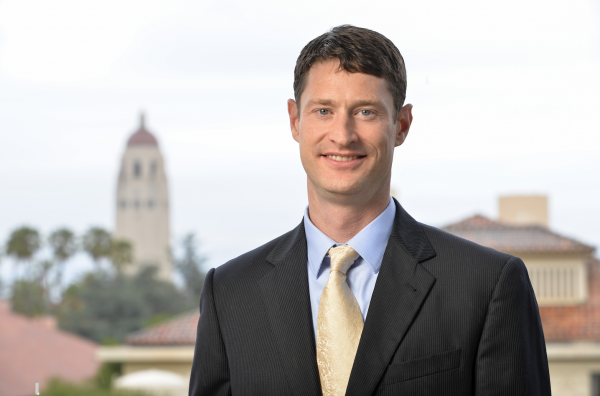Spatial correlation in ground motion intensities: Measurement, prediction, and seismic risk implications
Jack W. Baker
Stanford University

- Date & Time
- Location
- Online-only seminar via Microsoft Teams
- Summary
The amplitude of ground shaking during an earthquake varies spatially, due to location-to-location differences in source features, wave propagation, and site effects. These variations have important impacts on infrastructure systems and other distributed assets. This presentation will provide an overview of efforts to quantify spatial correlations in amplitudes, via observations from past earthquakes and numerical simulations. Regional risk analysis results will be presented to demonstrate the potential role of spatial correlations on impacts to the built environment. Traditional techniques for fitting empirical correlation models will be discussed, followed by a proposal for new techniques to account for soil conditions and other site-specific effects. Prospects for future opportunities in this field will also be addressed, including the role of numerical simulations and advanced risk assessment.
Closed captions are typically available a few days after the seminar. To turn them on, press the ‘CC’ button on the video player. For older seminars that don’t have closed captions, please email us, and we will do our best to accommodate your request.
 Jump to Navigation
Jump to Navigation